CREATIVITY AT SCHOOL
The teacher’s textbook consists of two main parts. The first is a theoretical introduction to creative teaching – it explains the power of creative thinking and presents the most effective teaching methods that improve the creativity of students, and finally briefly discusses the ways in which the educational systems of partner countries support (or do not support) creativity. The second part of the manual consists of plans/scenarios for single lessons or larger educational projects. All scenarios are based on modern, interactive teaching methods that enhance students’ creativity and follow the guidelines for integrating knowledge to create interesting, interdisciplinary lessons that address important contemporary issues.
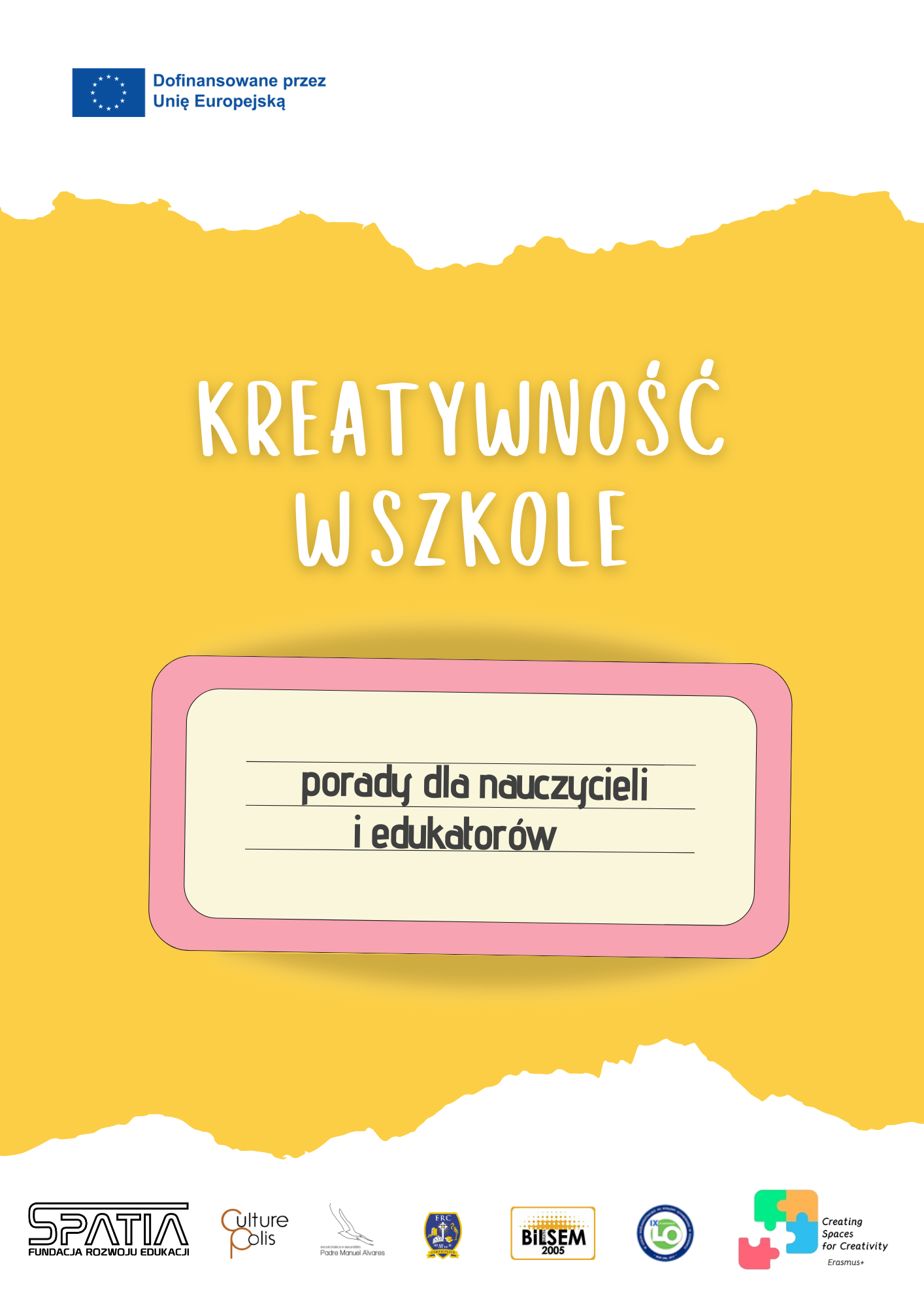 |
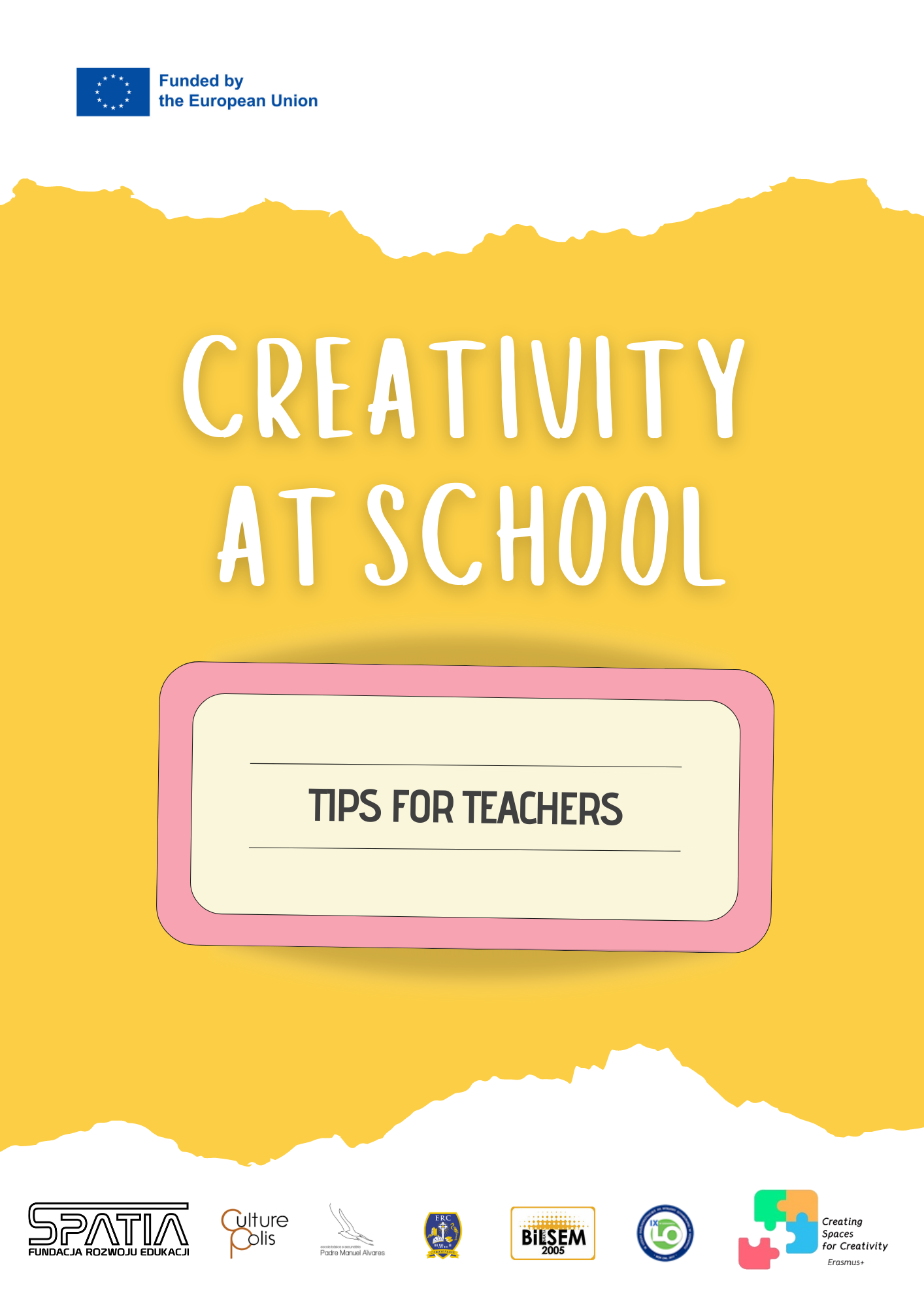 |
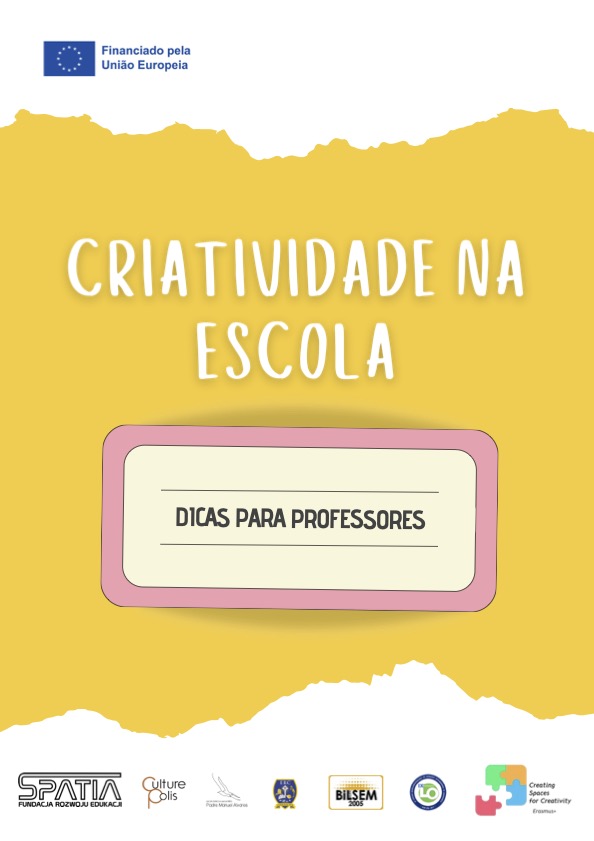 |
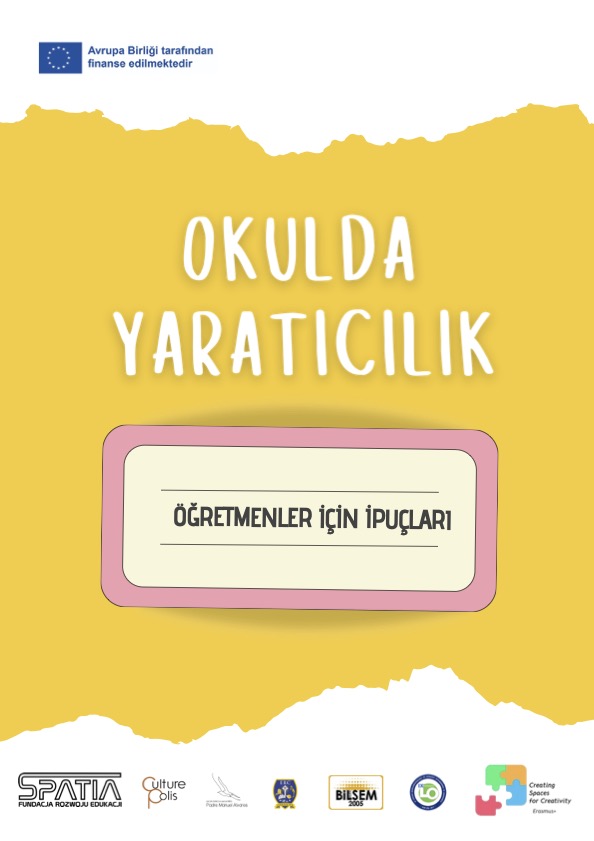 |
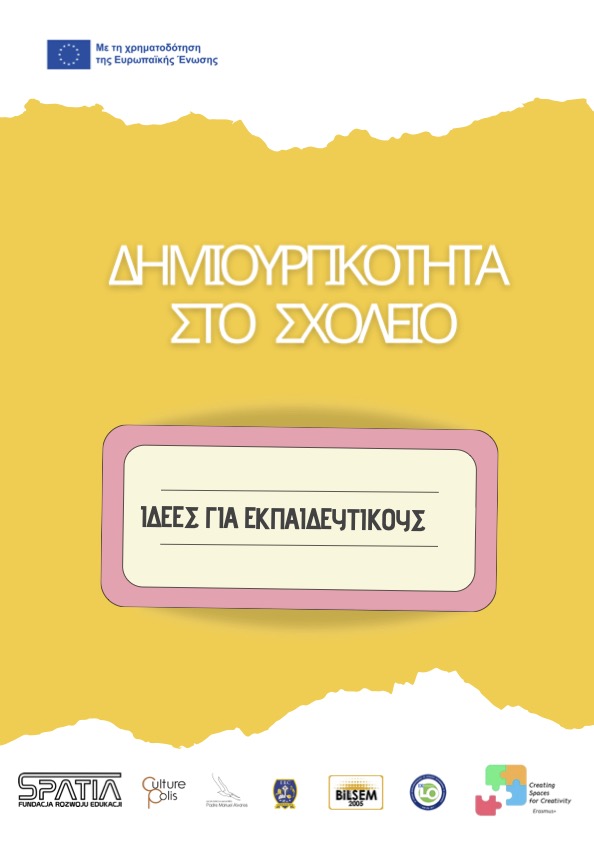 |
The idea behind “Creating spaces for creativity” project, which was implemented in the years 2021-2023, was to create new spaces for
creativity at school. As part of the activities of the consortium members, three handbooks were created
for teachers and educators:
1. a practical manual for teachers: “How to teach creatively?”
2. practical guide for students – “How to learn creatively?”
3. recommendations and good practices – “How to create a space that fosters creativity at school?”
The project involved teachers from schools in Chorzów and Sosnowiec, academic teachers
from the University of Silesia, and representatives of schools from Ireland, Portugal, Greece and Turkey.
The results of the project – lesson plans, handbooks and collections of good practices are free of charge
freely made accessible to teachers, educators, students and all interested individuals.
Project initiator and leader: Foundation SPATIA
Partners:
IX Liceum Ogólnokształcące w Sosnowcu
Malatya Bilim Sanat Merkezi (Turcja)
Edmund Rice College (Irlandia)
CulturePolis (Grecja)
Escola Básica e Secundária Padre Manuel Álvares (Madera, Portugalia)
The European Commission’s support for the production of this publication does not constitute an endorsement of the contents, which reflect the views only of the authors, and the Commission cannot be held responsible for any use which may be made of the information contained therein.
